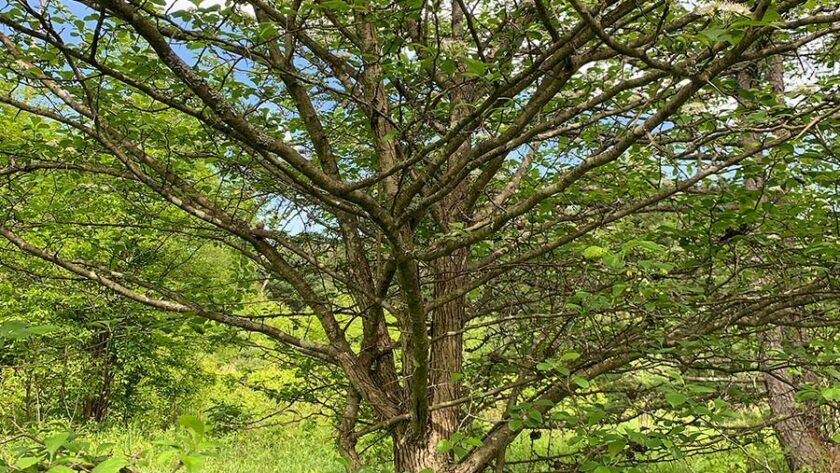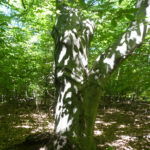What’s the value of a tree? What’s the value of a forest? I’ve explored these themes before, but I want to come back to this in light of some new research put out by the Pacific Northwest Research Station, and published in the latest edition of the American Journal of Preventative Medicine. A group of researchers wanted to understand the relationship between human life and trees. To study this, they realized that they had a natural experiment, a close examination of before-and-after, concerning the Emerald Ash borer infestation in the Midwest/Eastern USA.

The Emerald Ash Borer came off a boat into Detroit (an international Harbor) in 2002. In the last 11 years, the Borer has destroyed Millions of trees in Michigan and has now spread to over 20 states, killing nearly every adult ash tree in its path. The Ash borer strikes by feasting on the inner bark of the ash, the tree starves to death and dies. Only trees of a certain size and bark thickness are affected, but the smallest trees aren’t able to produce seeds, so we are slowly seeing the extinction of ash trees in Michigan and other places. I moved to the “epicenter” of this problem in 2009, and when I bought my house in 2010, I found that every large ash tree was dead, and had been dead for a number of years (part of the way we honor these fallen trees is to use a dead ash tree as our maypole each year).
What these scientists did was to examine health-related factors and morality from the years prior to the EAB and after the EAB killed a bunch of trees. This data is a bit stronger than a typical correlative study, the presence of EAB allowed for natural experimental conditions in ways that can’t just be accounted for by studying different geographical regions and comparing them (if this methodology discussion is over your head, don’t worry about it–the important thing to know is that this is a better study than most in terms of sound research practices).
These scientists found that more trees equaled fewer human deaths from respiratory and cardiovascular-related illnesses. Considering the function that trees serve in the ecosystem, this makes a lot of sense. As someone who suffers from respiratory illness (asthma), I am keenly aware of this data and what it means to health.

When we combine this study with recent reports that suggest that we are experiencing deforestation throughout the world, from our cities to our countryside to our rainforests, the above data can help us better understand the consequences of deforestation and how less trees mean less health for us. Trees are necessary–critical even–to so much life on this planet, including our own.
When I think about how to reach an average person about the critical importance of protecting our natural resources, I realize that people who are not going to listen to spiritual arguments about the inherent value of life, the living spirit of the tree, and so forth. But this kind of data really speaks to things that impact them and their families directly, so perhaps perhaps public health arguments will be useful.
The spiritual dimensions of such data also should not be discounted. It demonstrates how far our own well-being is determined by our larger relationship with nature. It shows us the healing power of nature and the blessing that the forests provide.




There is no need to offer a spiritual argument of linking trees with human health, the science can provide excellent arguments. i note that when I go near wood or forest as night draws in how I am hit by a wave of oxygen these trees have been throwing out. The Ash tree as I understand it is the world tree, thus its failure could be seen as a metaphor for the end of the world for humanity.
Reblogged this on freedomveg.